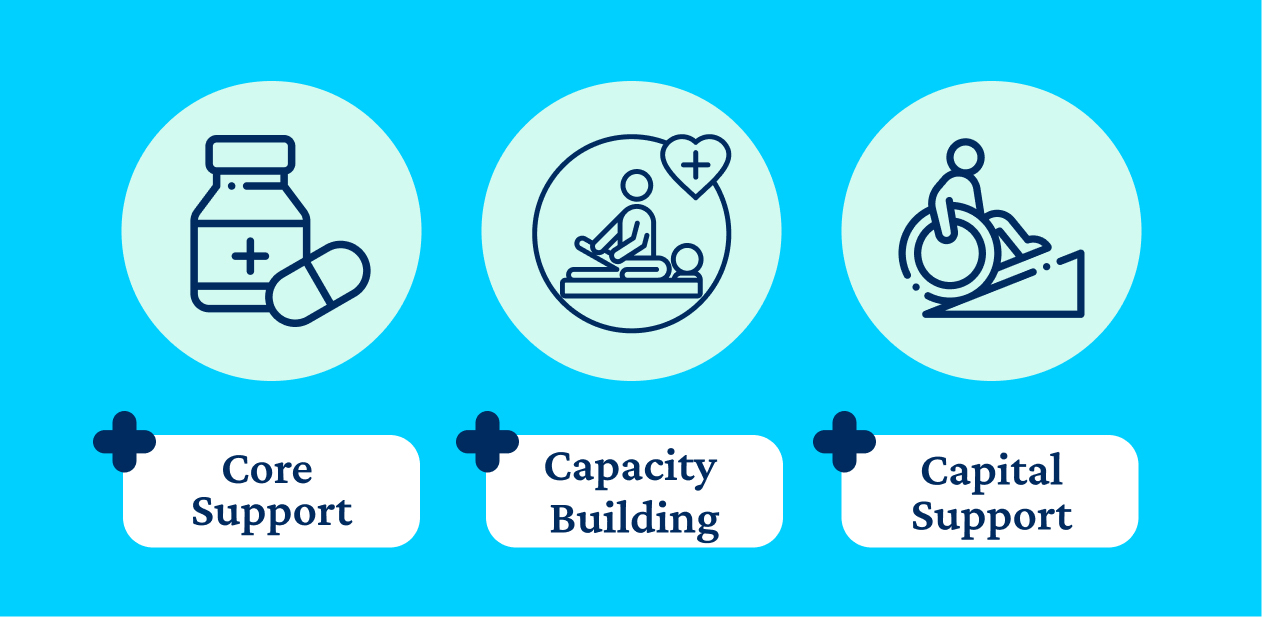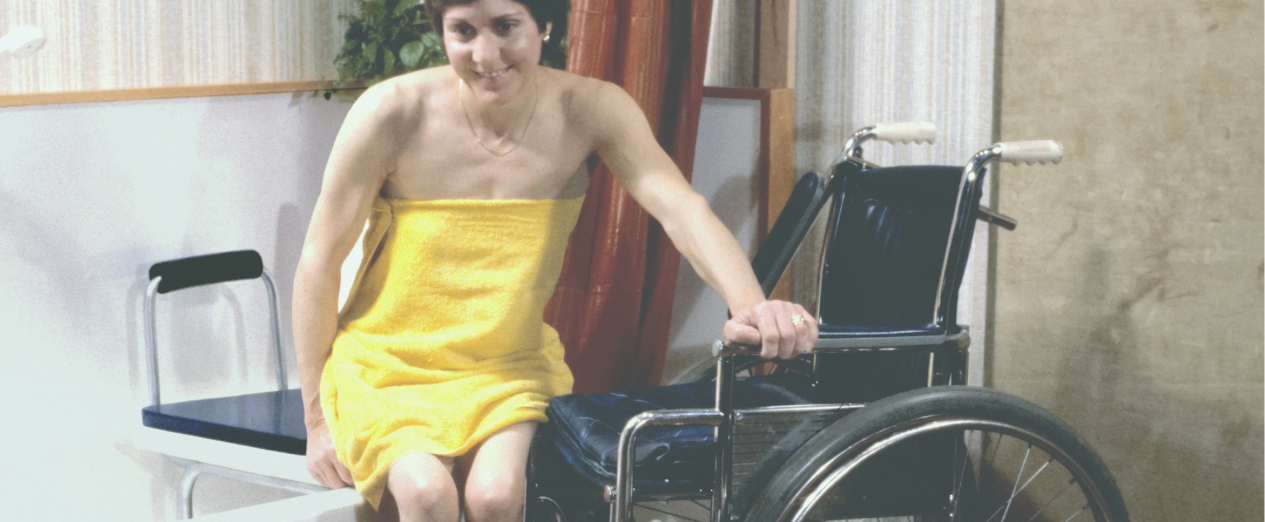
Guide to Disability Aids with NDIS
Approval Requirements for Disability Aids
As a participant in the National Disability Insurance Scheme (NDIS), you receive a support budget which you can use to purchase disability aids such as assistive technology or consumables. For disability aids to be approved as part of your budget, you must be able to demonstrate that the purchase is reasonable and necessary. Here’s what that means.
First, the aid must be related to your disability. It can’t be a technology for general use, such as a chair; it needs to be something that helps with your disability, such as a wheelchair. It also must be right for you, which means it’s safe and is the appropriate tool for your disability. Your doctor or an NDIS assistive technology assessor may need to discuss your needs with you to confirm the aid you want to buy is right for you and your needs.
Second, assistive technology must give you value for money. It must be a reasonable price for the type of technology, and it must be a reasonable cost compared to other types of support that could achieve the same outcome. In addition, you can’t spend extra NDIS funding for upgrades that don’t improve the technology’s usefulness for your disability. For example, you can’t pay extra from your NDIS support budget for decorative metallic paint on your wheelchair (although you can use your own money to upgrade the paint if you choose to). The NDIS uses benchmark standards for each type of aid to determine the appropriate price for a particular type of technology. If you want to purchase a particular brand or a more expensive type of technology than the standard, you may need to provide evidence that this is reasonable and necessary for you.
Finally, the aid must be something that isn’t paid for by a different agency or other funding. For example, if you need a wheelchair for a few weeks after being in hospital, the hospital should provide that for you.
NDIS Budget Components for Disability Aids
Your NDIS budget is organised into three budget components: Core Support, Capital Support, and Capacity Building. Each of these components includes several categories, for a total of 15 categories. All of your support funding must fall into one of these categories.

Disability aids usually fall into one of three categories. The first is consumables, which is a category in Core Support. Consumables include disposable items that you need to purchase regularly to support your disability needs. Examples are continence items, enteral nutrition aids, and specialised mattresses. Consumable items are low-cost (less than $1,500), and you can usually purchase them from a local store.
The second category disability aids often fall into is assistive technology, also part of the Capital Support budget component. Assistive technology includes any type of aid or tool you need to help you with your disability.
Finally, the last category of disability aids is home, in your Capital Support budget area. This includes additions or renovations to your home to modify it for your accessibility needs. These renovations must be related to your disability. For example, adding safety railings or wheelchair ramps could be an appropriate use of your NDIS funding if your disability affects your mobility.
NDIS Guidelines for Disability Support
There are two categories that determine how a particular type of assistive technology is classified and what steps are required for it to be approved as part of your NDIS support budget. The first category is cost. An item can be classified as low cost (under $1500), mid cost ($1500-5000), or high cost (over $5000).
The second category that helps classify assistive technology is risk. An item can be low risk, which means it’s unlikely to cause harm. Low-risk items can be bought in stores and used as-is, with no customisation needed, and you don’t need any professional advice or training to be able to use them safely. Higher-risk items, on the other hand, are more complex to use. They may require customisation or individualisation before you can use them correctly, or they may require training or advice from a healthcare provider.
The categories of cost and risk help determine what level an item is classified under according to NDIS guidelines. There are four levels of assistive technology, and each level has different requirements for approval in your NDIS support budget.
Level 1: Basic Assistive Technology
Level 1 items are both low-risk and low-cost. These are standard pieces of equipment: you can buy them and use them off the shelf, and you don’t need any instruction to use them properly. Most consumables for eating, drinking, and incontinence fall into this category, as well as simple devices like nonslip bathmats, large print labels, walking canes, and low-tech communication boards.
Level 2: Standard Assistive Technology
Level 2 items are low to medium cost and risk. Like Level 1, these are standard pieces of equipment that you can buy on your own, trial, and use as-is with no customisation. Level 2 items may require some instruction or adjustments if you’re a new user or if you’ve had a change in your muscle tone, eyesight, or function. Examples include bath seats, transfer equipment, and chair raisers. This category also includes some consumables, such as replacement stockings for a prosthetic. It can also include simple home modifications, such as a single handrail or a portable ramp for a single step.

Level 3: Specialised Assistive Technology
Level 3 items are medium- to high-cost and risk. These items are more specialised and may require specific customisation to meet your needs before they can be used. They may also require training by an allied healthcare provider in their use and integration into your environment. They may also involve a higher risk of injury if used improperly.
Examples include a power wheelchair, a pressure mattress, and hearing aids. This category also includes standard, non-structural home modifications such as non-portable ramps or adapted shower fittings. In addition, an initial supply of continence consumables falls into this category, since an initial supply indicates a change in function that requires instruction for initial use.
Level 4: Complex Assistive Technology
Level 4 items are either high-cost, high-risk, or both. They include complex technology that requires significant individualisation or involves significant risk if used improperly. Finding, obtaining, and using these items requires the support of a specialist advisor.
Examples include power wheelchairs with integrated controls, full mattress replacements, myoelectric prosthetics, and complex communication devices. This category also includes enteral nutrition consumables. Home modifications that require structural changes also fall into level 4.
Eligibility Requirements for Disability Aids
If you are not a current participant in the NDIS, then the first step in accessing disability aids is to find out if you’re eligible and make an access request by providing evidence of your disability. In mid 2021, the next step in the process will be an independent assessment. The assessor will work with you to develop your support plan, which will include a budget for the disability aids you need. The NDIA will then approve your plan.

If you’re a current NDIS participant and disability aids are not included in your plan, then you need to request a plan review. You’ll provide information about your disability, any changes, and why you need assistive technology. The NDIA will decide on low- and mid-cost technology within 10 days; high-cost technology can take 30 days for a decision.
Once your disability aids are included in your plan, the next step in accessing them depends on the item’s level of complexity. If you need to purchase a Level 1 item, you don’t need any additional paperwork—you can buy it just like any other item and then use your receipt to get reimbursed. However, purchasing an aid that is higher cost or higher risk requires a few more steps.
You’ll need additional paperwork to purchase assistive technology that is either high-cost or high-risk, and the information you’ll need to provide depends on the cost and risk level of the item.
For mid-cost items ($1,500 to $5,000), you’ll need a letter from a qualified healthcare advisor, which could be your doctor, a nurse, an allied health professional, or a rehabilitation specialist. The person should be someone who is knowledgeable about your disability and about the technology you are requesting. The purpose of this letter is to ensure that you get the instruction and advice you need in order to choose the best equipment for you and to use it safely.
For high-cost items (more than $5,000), you’ll need to provide an assessment from a qualified healthcare advisor, and you’ll also need to provide a quote for the item. Since higher-cost items are often individualised, pricing benchmarks may not accurately indicate whether an item’s price is reasonable. Your quote can demonstrate why you need a specialised item and show that the funding request is reasonable.
If an item is high-risk, no matter its cost, then your assessment should include how your healthcare provider will support you in setting up the item and training you to use it safely.
Although the process of accessing them through NDIS may take time, it’s worth it to get the disability aids you need. Assistive technology can improve your mobility, communication, and quality of life.
- By via
- By via
- By via


